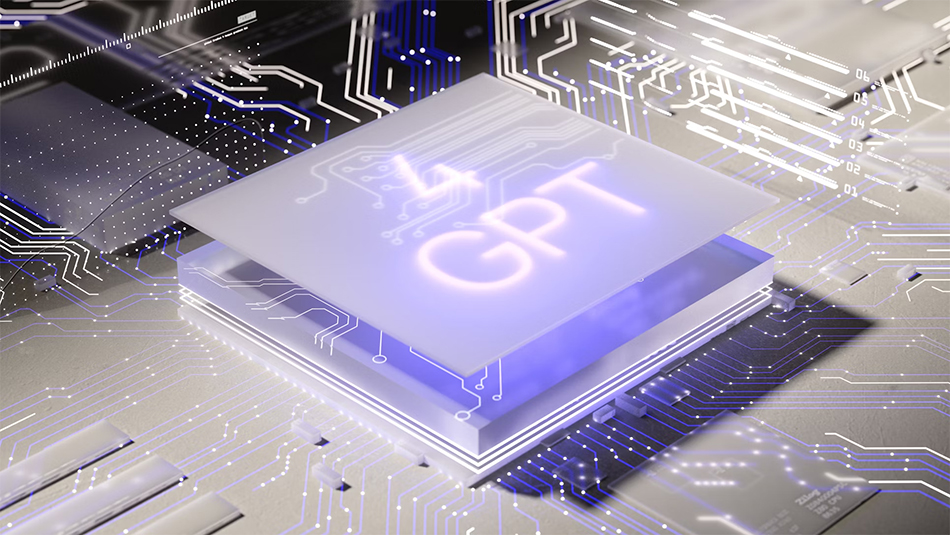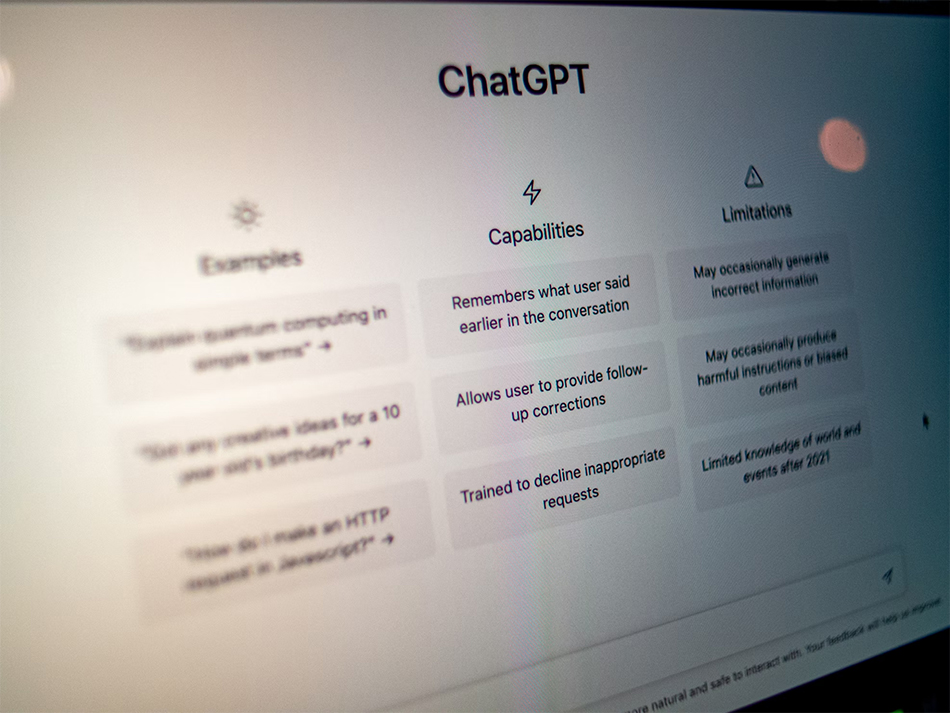OpenAI Pioneers In-House AI Processor with TSMC and Broadcom Collaboration
Completing the design of its first in-house artificial intelligence processor, OpenAI is hastening its path to technological independence and making a calculated step aimed to reduce its reliance on present vendors like Nvidia. Driven by a small but quickly growing team headed by former Google engineer Richard Ho, this initiative marks a significant turning point in the company’s bigger ambition to strengthen its hardware capabilities and maximize the efficiency of its artificial intelligence models. This invention represents a turning point in the development of artificial intelligence hardware and software integration.
Advancing Chip Design

The design of the chip, which combines a systolic array architecture and high-bandwidth memory to support both training and inference workloads, a configuration that reflects some of the most advanced offerings in the market while also being especially tailored to OpenAI’s particular needs, drives this breakthrough. The use of TSMC’s creative 3-nanometer technology highlights even more the company’s commitment to use current manufacturing techniques to develop a chip that is both powerful and energy efficient, notwithstanding the inherent hazards and expenses linked with early tape-out operations. This design revolution prepares next-generation artificial intelligence processing for hitherto unheard-of performance.
Collaborative Ventures and Strategic Partnerships
Strategic collaborations with industry heavyweights like TSMC and Broadcom, whose competence in semiconductor manufacturing and custom chip development respectively, help OpenAI’s ambitious chip project by means of a robust basis. By working with these established firms, OpenAI not only ensures access to sophisticated manufacturing technologies but also increases its negotiation leverage against traditional suppliers, therefore strengthening its supply chain resilience and variation in the competitive AI hardware landscape. These deliberate joint projects highlight a dedication to tech supply chain resilience and creativity.
Reducing Dependence on Established Suppliers
With supply limits and rising prices in a market where Nvidia controls an 80% share, OpenAI’s creation of an in-house AI processor marks a clear attempt to reduce its reliance on Nvidia’s dominating offerings—a dependence that has long been a worry. Through exploring bespoke chip design, OpenAI hopes to have more control over its infrastructure, hence reducing the risks connected with depending just on one supplier and positioning itself to react more dynamically to the changing needs of artificial intelligence model training and deployment. By diversifying its hardware sources, OpenAI is paving the way for more sustainable and flexible AI advancements.
Future Prospects and Industry Impact
Looking ahead, OpenAI’s chip project is projected to go through numerous iterations with further improvements predicted to widen its capabilities and performance, thereby matching the fast developments in AI research and applications. Major tech companies like Microsoft and Meta keep spending billions in AI infrastructure, thus OpenAI’s innovative action may set a new standard for custom silicon design, so affecting market dynamics and motivating other industry leaders to think about similar strategic actions to maximize their operational efficiencies. As the industry watches closely, OpenAI’s initiative could redefine competitive standards in AI chip technology.
Supported by partnerships with TSMC and Broadcom, OpenAI’s project to create its first in-house AI chip is a major step toward attaining more technological autonomy and operational cost-efficiencies. OpenAI is not just rethinking its own hardware strategy but also helping a larger change in the AI sector towards custom, high-performance semiconductor solutions by tackling supply chain risks and employing innovative manufacturing techniques.

